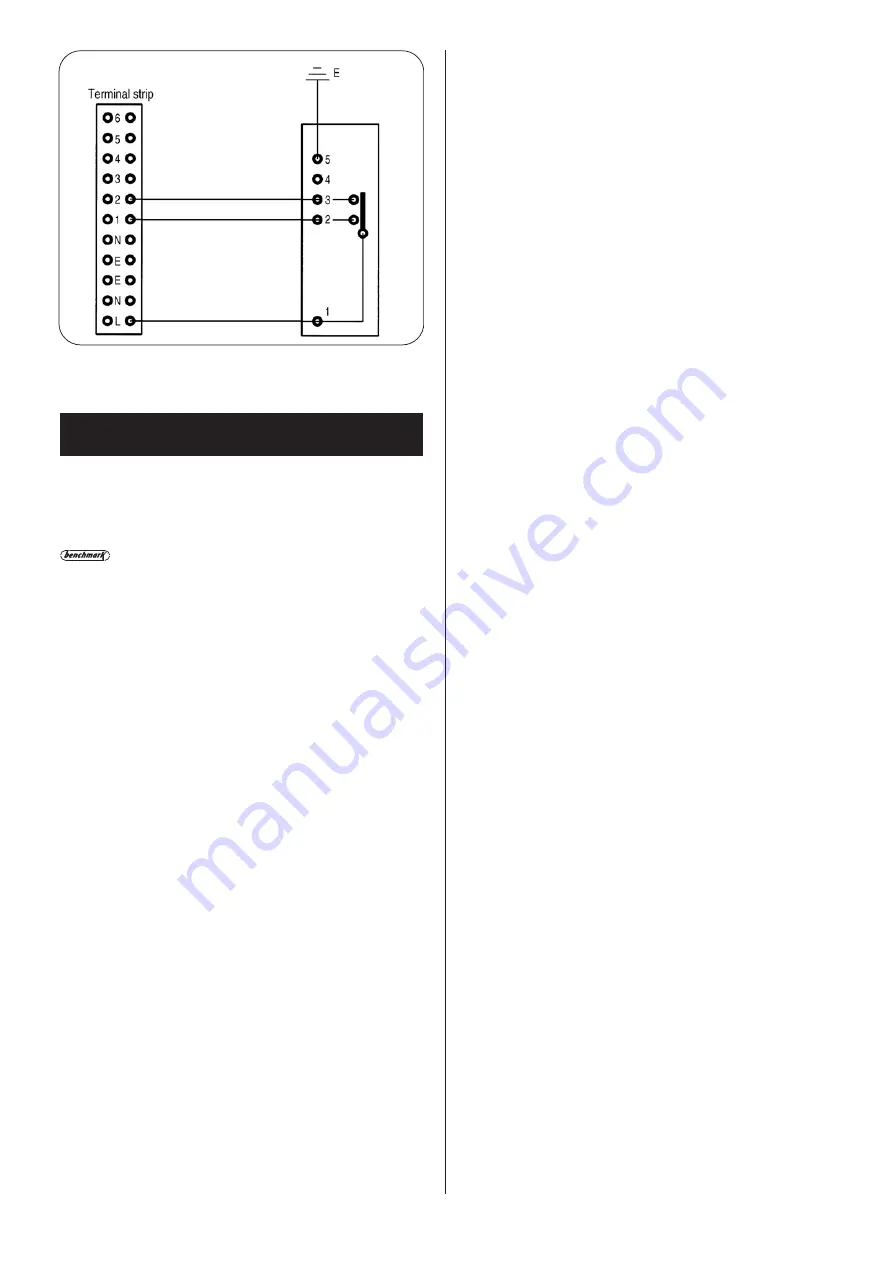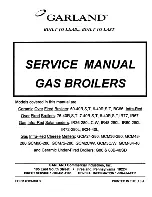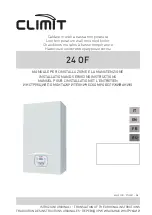
20
described in Section 5.1 & 5.2.
11.1
After unpackaging the appliance it is recommended that all
cabinet panels, control box and burner are removed, as
described in Section 5.1 —5.7, and stored in a safe place to avoid
damage during installation and allow easy inspection for any
leaks after the system has been filled.
NOTE:
Discard the extra packaging around the burner.
11.2 Heating system installation.
Before the appliance is fitted to the heating system
flush the system and mains water supply.
1.
Plumb the boiler into the central heating system.
2.
Check that all unused sockets have been plugged.
3.
Fill the system and vent all radiators and high points to
remove air from the system.
4.
Check the boiler and all pipework connections for leaks.
11.3 Flue system installation.
Install the appliance flue system as described in Section 7.
11.4 Oil supply installation.
NOTE:
Never route the oil supply pipe/hose directly in front of
the access door. Never connect to the oil pump with a rigid tube.
(a) Single pipe system
1.
Bend a piece of 10mm or 12mm copper tube (as selected) to
the correct profile to allow the pipe to be fed into the cabinet and
along the top of the heat exchanger to the bulkhead bracket
.
The
pipe may be routed along either the right or left hand side of the
appliance as required. When using 12mm pipe fit a 12mm to
10mm compression coupling and connect to the valve with a
short piece of 10mm pipe, otherwise connect direct to valve.
NOTE:
Never use soldered joints on oil supply pipes as this could
cause a hazard in case of fire.
2.
Route the pipe back to the oil supply tank ensuring no poten-
tial interference with the cabinet will occur.
3.
With the isolating valve in the correct orientation tighten the
back-nut.
4.
Turn the isolating valve fully clockwise to close the valve.
5.
Open the main oil supply valve at the tank and check for any
leaks.
6.
Connect a suitable tube to the isolating valve, place a suitable
container below the tube end and open the isolating valve.
7.
Draw off at least 2.5 litres of oil until a steady flow of clear
uncontaminated oil can be seen. Turn off the isolating valve.
For connection of single pipe suction lift with de-aerator follow
the procedure as for a double pipe system as described below.
NOTE:
This method may not be possible on some installations
where a sub-gravity system is used. Where this problem arises
bleed the system using the oil pump as described in Section 12
remove and clean the oil pump filter to remove debris collected
as a result of installation.
(b) Double pipe system oil return pipe.
1.
Fit the double pipe screw to the oil pump as described in
Section 8.
2.
Connect the oil supply pipe as described in part (a) 1 — 4.
3.
Fit the open grommet supplied in the plastic bag in the bulk-
head, as shown in Fig 2.
4.
Bend a piece of 10mm or 12mm copper tube ( as selected ) to
the correct profile to allow the pipe to be fed into the cabinet
and along the top of the heat exchanger to the bulkhead brack-
et. The pipe may be routed along either the right or left hand
side of the appliance as required. Make a slight chamfer on the
end of the pipe to be fed through the grommet to facilitate easy
insertion.
5.
Lubricate the grommet hole with vaseline (or butter etc.) and
slide the pipe through the hole, supporting the grommet on its
opposite side to prevent it dislodging.
6.
Pull the pipe forward sufficiently to allow a 10mm compression
to
1
/
4
" BSP female fitting to be fitted for the connection of the oil
return flexible hose.
7.
Connect the fitting to the pipe and fit a
1
/
4
" BSP taper thread flex-
ible hose, ensuring a good seal using PTFE tape or suitable sealing
compound. The flexible hose should have a
1
/
4
" BSP rotating union
taper fitting at the other end with a 90° bend and a
1
/
4
" BSP nipple
for the connection to the burner oil pump.
(c) Single pipe suction lift system with de-aerator.
For connection of a single pipe suction lift with de-aerator follow
the procedure as for a double pipe system as described above.
11.5
Reinstall the cabinet panels, control box and burner as
described in section 5.9.
11.6
Connect the flexible oil line(s).
11.7
Connect the electrical supply as described in Section 10.
11.8
Insert fascia leaflet into fascia, which is supplied in the liter-
ature pack.
IMPORTANT:
If the appliance is going to be installed into a fitted
kitchen under a 'permanent' work top it is very important that
all the connections, both water and flue, are fully checked at full
operating temperature before the units and work top are perma-
nently fixed.
11. Installation
Fig. 21. Frost Protection.
Summary of Contents for DANESMOOR FS12/18
Page 27: ...27 ...









































